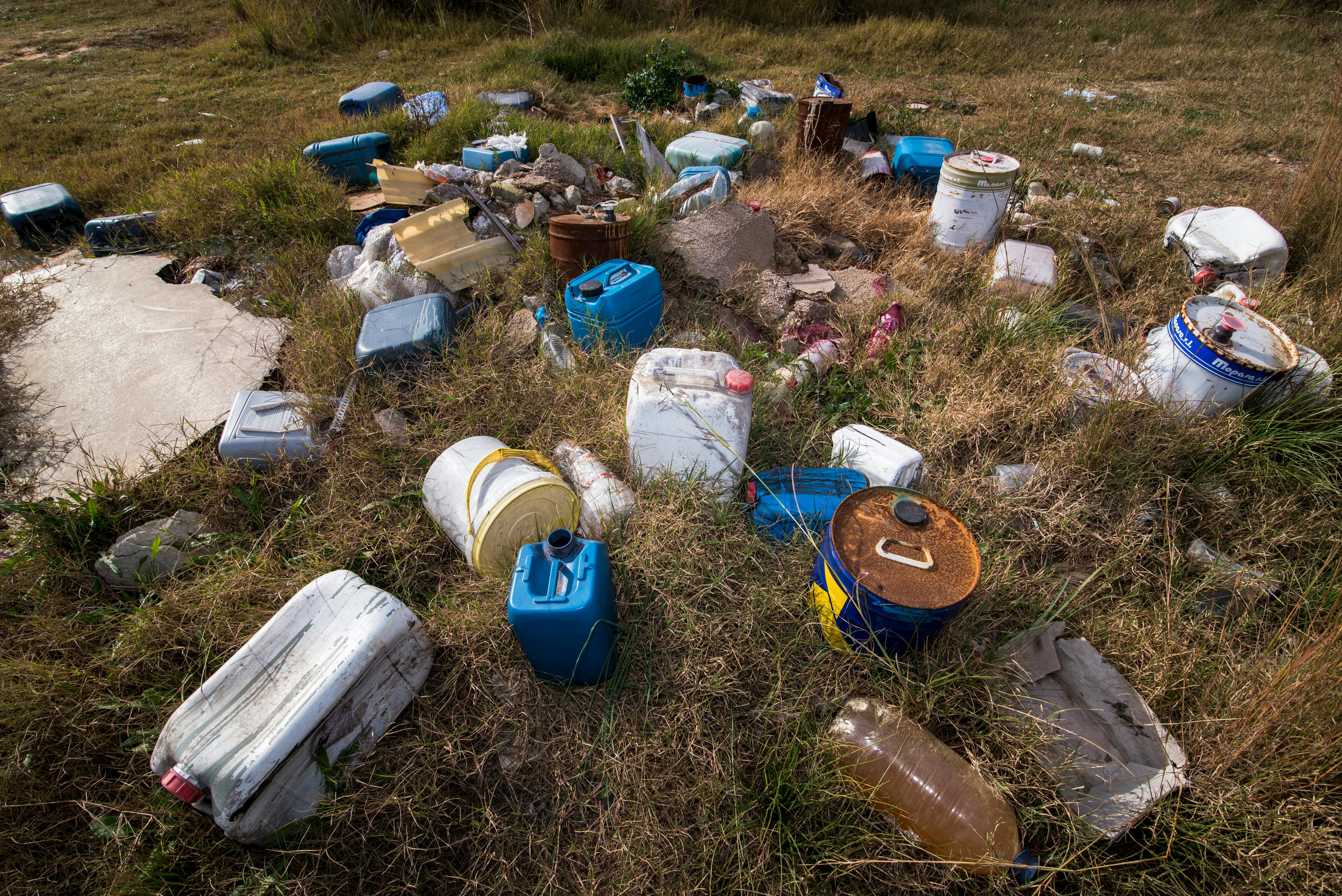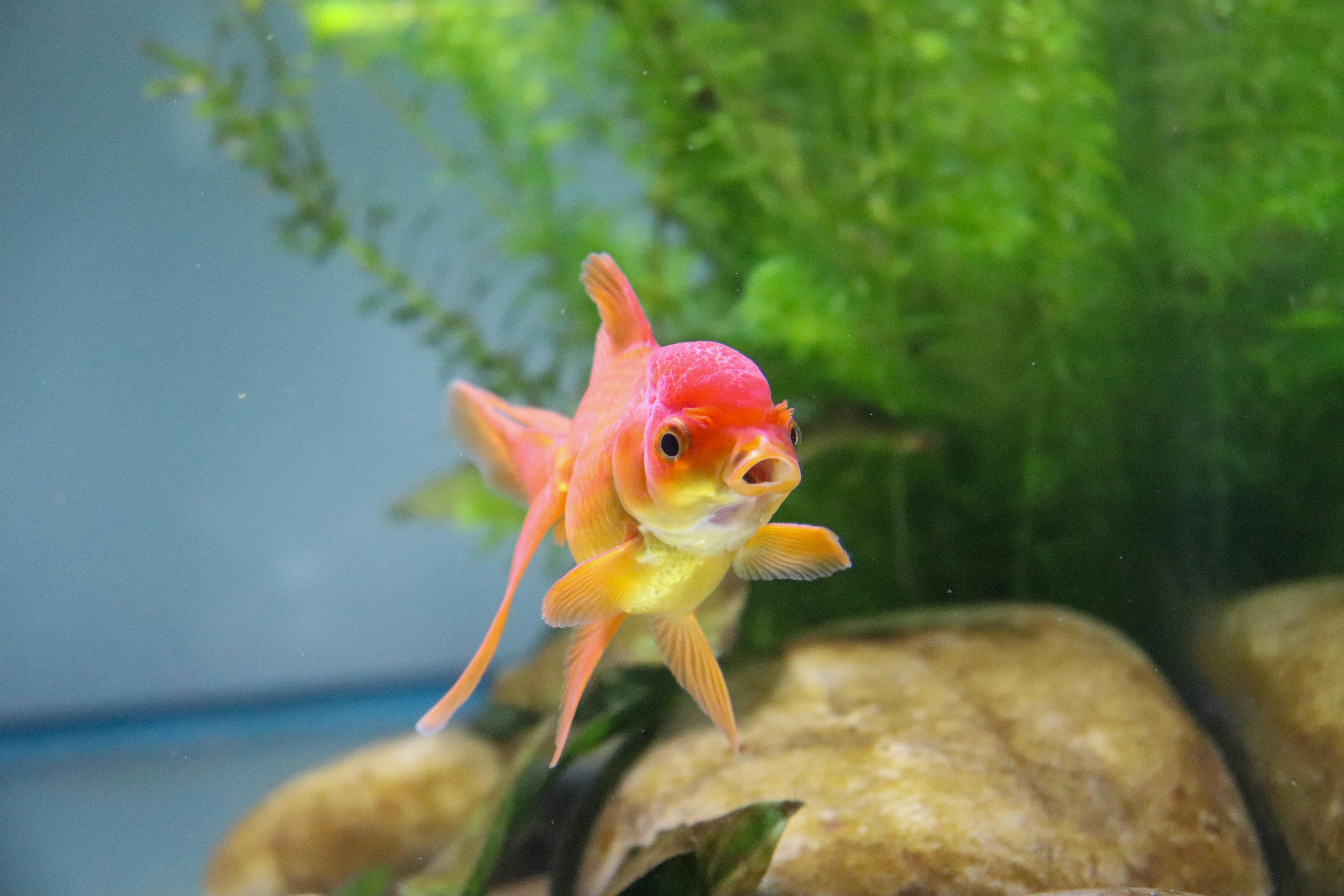
Best 7 Female Dwarf Gourami Choices for Your Aquarium in 2025
Introduction to Female Dwarf Gourami
The female dwarf gourami is a captivating addition to any freshwater aquarium, enchanting fishkeepers with its vibrant colors and gentle demeanor. Renowned for their hardy nature, these fish make an excellent choice for both novice and seasoned aquarists. Not only do they thrive in well-maintained environments, but they also exhibit fascinating social behaviors, contributing to the liveliness of a community tank. Understanding the importance of their habitat, diet, and health requirements will ensure these beautiful fish flourish in your aquarium.
In this article, we will explore the best choices for female dwarf gourami for 2025, along with essential care guidelines, suitable tank mates, and breeding tips. We'll also touch upon their characteristics and how to maintain a vibrant aquatic environment where they can thrive. Let’s dive into the world of dwarf gouramis!
Key takeaways include insights into dwarf gourami care, ideal tank setup, and the best companions for these stunning fish.
Essential Care Guidelines for Dwarf Gouramis
To successfully keep female dwarf gouramis, a comprehensive understanding of their care requirements is crucial. These fish need specific tank conditions, including optimal water parameters, diet, and social interactions.
Dwarf Gourami Habitat Requirements
A proper habitat is pivotal for the health of your dwarf gourami. They prefer a well-planted aquarium with calm water and ample swimming space. Aim for a tank size of at least 20 gallons, ensuring that water temperature ranges between 24-28°C (75-82°F), with a pH level between 6.0 and 7.5. Leafy aquatic plants not only provide hiding spots but also promote a sense of security for these fish.
Furthermore, monitor water quality closely, as dwarf gouramis are sensitive to ammonia and nitrite levels. Regular water changes and suitable filtration are essential practices for maintaining a pristine environment.
Feeding Dwarf Gouramis: Diet Essentials
The dwarf gourami diet should consist of high-quality flake or pellet food specifically designed for tropical fish. Additionally, supplement their diet with live or frozen foods such as brine shrimp, daphnia, or bloodworms to promote healthy growth and vibrant coloration. Feeding dwarf gouramis 2-3 times a day in smaller portions helps prevent overfeeding and ensures optimal health.
Be observant of their feeding behavior, as any changes may indicate health issues or stress. A balanced and nutritious diet contributes to the overall lifespan and well-being of your fish.
Common Health Issues in Dwarf Gouramis
Dwarf gouramis may face several common health issues, including diseases like ich, fin rot, and other parasitic infections. Regularly inspecting your fish for signs of illness, such as changes in color, lethargy, or unusual swimming behavior, is essential for early diagnosis and treatment. Maintaining excellent water quality and providing proper nutrition can significantly reduce stress-related diseases.
Consider keeping a fish health care kit handy for effective management of ailments. Also, educate yourself on the common dwarf gourami problems and their solutions to ensure your pet’s well-being.
Choosing the Best Female Dwarf Gourami Varieties
With several distinct types of dwarf gouramis available, selecting the right variety for your aquarium is vital for aesthetic and compatibility reasons. Here are some recommended female dwarf gourami choices for your home aquarium.
1. Neon Blue Dwarf Gourami
The neon blue dwarf gourami is an admired species for its vibrant coloration and peaceful nature. Recognizable by their luminous blue hue paired with reddish-orange stripes, they adapt well to community tanks. Their social behavior encourages interaction with other fish while minimizing territorial disputes.
2. Flame Dwarf Gourami
Featuring a brilliant orange-red coloration, the flame dwarf gourami captivates with its striking appearance. This variety enjoys a peaceful environment and thrives in planted aquariums. They are known for their curious nature but should be kept in a balanced community aquarium to prevent aggression.
3. Powder Blue Dwarf Gourami
The powder blue dwarf gourami is another stunning option, known for its soft blue tones. This variety exhibits more secretive behavior, often preferring hiding spots among aquatic plants. Their compatible nature makes them suitable for mixed species tanks.
4. Cobalt Blue Dwarf Gourami
Characterized by rich cobalt blue coloration, this dwarf gourami variety is a favorite among fishkeepers. They adapt well to a variety of tank setups and exhibit vibrant social behavior. They generally thrive in larger tanks with ample space for swimming.
5. Gold Dwarf Gourami
The golden dwarf gourami stands out with its unique golden hue and is regarded as one of the more docile varieties. They require a slightly larger space due to their peaceful yet shy nature, making cozy hiding spots essential for their comfort.
Dwarf Gourami Compatibility and Tank Mates
Finding suitable tank mates for your female dwarf gouramis is crucial to maintaining a peaceful aquarium environment. While they are generally non-aggressive, the right combination of fish helps ensure a harmonious community. Let’s look at the best companion species and those to avoid.
Ideal Tank Mates for Dwarf Gourami
Compatible tank mates include small community fish such as tetras, rasboras, and guppies. They thrive alongside other peaceful species that match their temperaments. Additionally, other dwarf fish, such as small catfish or shrimp, can coexist with dwarf gouramis, contributing to a balanced ecosystem.
Fish to Avoid
It’s essential to avoid aggressive species that may harass or stress dwarf gouramis. Fish such as cichlids or larger barbs can pose a threat to their well-being and create an unhealthy environment. Always consider the size and temperament of potential tank mates when establishing your community tank.

Understanding Dwarf Gourami Behavior
Recognizing and interpreting female gourami behavior is essential for creating a stress-free aquarium. They exhibit interesting social dynamics and will often reveal their temperament in response to environmental changes.
Female vs Male Dwarf Gourami Behavior Differences
Female dwarf gouramis tend to be less vibrant than their male counterparts, which can create misunderstandings regarding their social behavior. Males often display more territorial traits, whereas females are usually more docile and less aggressive, especially during breeding periods. Observing these behavioral differences allows for better community management.
Social Dynamics Among Dwarf Gouramis
The social behavior of dwarf gouramis may also vary based on their environment. For example, they might display more exploratory behavior in well-planted tanks with plenty of hiding spots, reflecting their comfort level. Encouraging such dynamics fosters a healthy aquarium atmosphere.
Common Behavioral Issues
Behavior issues among dwarf gouramis can include fin nipping or bullying from other tank mates. Keeping a close watch on fish interactions and adjusting the community setup can alleviate these concerns. Increasing hiding spots and providing ample territories encourages a more balanced social structure.
Breeding Female Dwarf Gouramis: Tips and Tricks
Breeding dwarf gouramis can be a rewarding experience, but it does require specific knowledge of their reproductive habits. Understanding the intricacies of dwarf gourami breeding will help you achieve success in the breeding tank.
Dwarf Gourami Spawning Behavior
Dwarf gouramis are bubble-nesters, creating floating nests for their eggs. Males often exhibit courting behavior, displaying vibrant colors and performing dances to attract females. Once the female shows interest, they will engage in spawning followed by the male's careful guarding of the nest.
Setting Up A Breeding Tank
To increase the chances of successful breeding, set up a dedicated breeding tank with gentle water movement and floating plants to provide shelter. Maintaining optimal water temperature and quality is crucial, so consider using a breeding box to separate the eggs from the parents until they hatch.
Caring for Juvenile Dwarf Gouramis
Once the eggs hatch, absent parental care is necessary for the fry's survival. Feed them with infusoria or crushed flakes and maintain stable water conditions for healthy growth. Observe the juveniles' growth rates as they mature, ensuring proper nutrition throughout their lifecycle.

Conclusion
Choosing the right female dwarf gourami for your aquarium can greatly enhance your home aquatic environment. With stunning colors and tranquil personalities, these fish make excellent additions to community tanks, given they are matched with compatible species. By understanding their habitat, care requirements, compatibility, and breeding behaviors, you can enjoy a thriving aquatic landscape ripe with vibrant life. Happy fishkeeping!
```